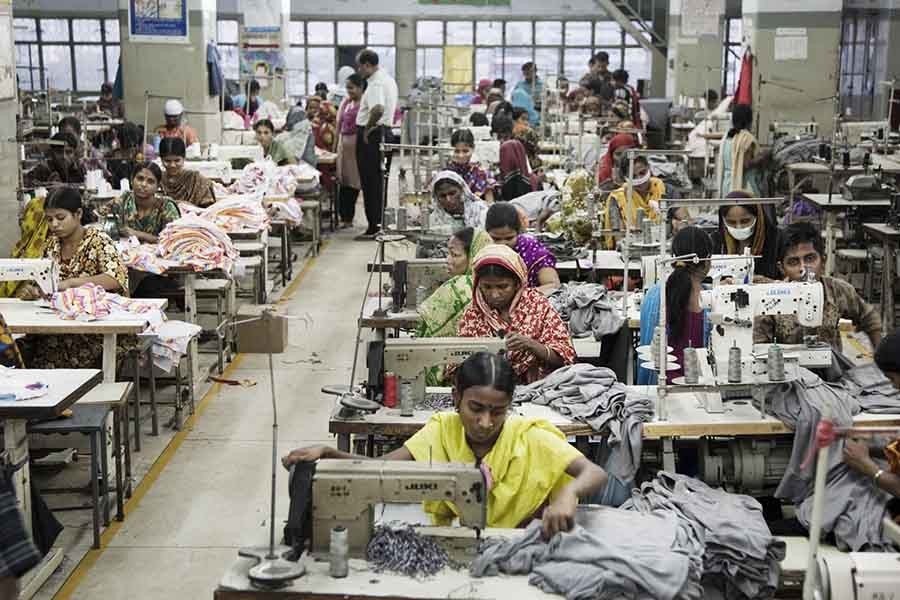
Published :
Updated :

Textile manufacturers losing domestic market has been a subject of worry for quite some time. Recent reports published in local dailies make it clear that the situation has assumed an alarming proportion due mainly to smuggling and other misdeeds taking too oppressive a toll on the capital-intensive industry. Some of these reports quoted textile manufacturers as complaining that the sector is losing domestic business worth a whooping $6.0 billion a year because of the government's failure to rein in errant practices such as smuggling of yarns and fabrics, misdeclared imports and abuse of bond facility. A spokesperson of the Bangladesh Textile Mills Association (BTMA) has been quoted as saying that more than 40 per cent of the spinning and weaving mills are now sitting on stockpiles of yarns due to lack of demand.
Domestic market size of textiles, particularly yarns and fabrics, is estimated to be around 8.0 billion meters worth $12 billion annually. According to industry insiders, the share of local textile mills is 3-4 billion meters worth around $6 billion, while the rest is met by smuggled fabrics, illegal imports and misuse of bond facility. Given the insignificant volume of commercial imports of textile materials, it is clear that nearly half of the local demand is met mainly by smuggled goods. Misuse of bond as alleged by the industry people has also been echoed recently by none other the Chairman of the National Board of Revenue (NBR). Over and above, alleged illegal import through misdeclaration evading taxes also seriously hurts marketing of local produce.
Understandably, had the foreign products been brought into the country through formal import channel, these could not compete with the local products in the mainstream marketplace because of high import duties, particularly supplementary duties meant to protect local textile mills. It has also been alleged that the border haats established to facilitate small-scale trading in the border belts of Bangladesh and India have turned out to be a source of smuggled textile products which, among others, include readymade apparels, especially women's wear, during festival seasons. Misuse of the border haats, as alleged, calls for urgent attention of the authorities concerned.
Textile, being a heavily capital-intensive industry, and a relatively new phenomenon in the country taking off since the nineties in a big way with composite mills coming into operation, deserves to get utmost protection. But repeated alarm blips not just from the industry people but from other quarters as well have done little to underscore the dire consequences of neglect. Given that Bangladesh is a new entrant in textile manufacturing - that too with its total reliance on imported cotton, the industry is vulnerable to shocks of untoward market behaviour. And if the shocks are manmade and orchestrated to squarely harm the industry, no amount of efficiency or marketing drive is going to bring it good news. It all now rests with the government and all the relevant agencies to ensure that the industry built at high cost keeps going, for the greater benefit of the economy.


 For all latest news, follow The Financial Express Google News channel.
For all latest news, follow The Financial Express Google News channel.